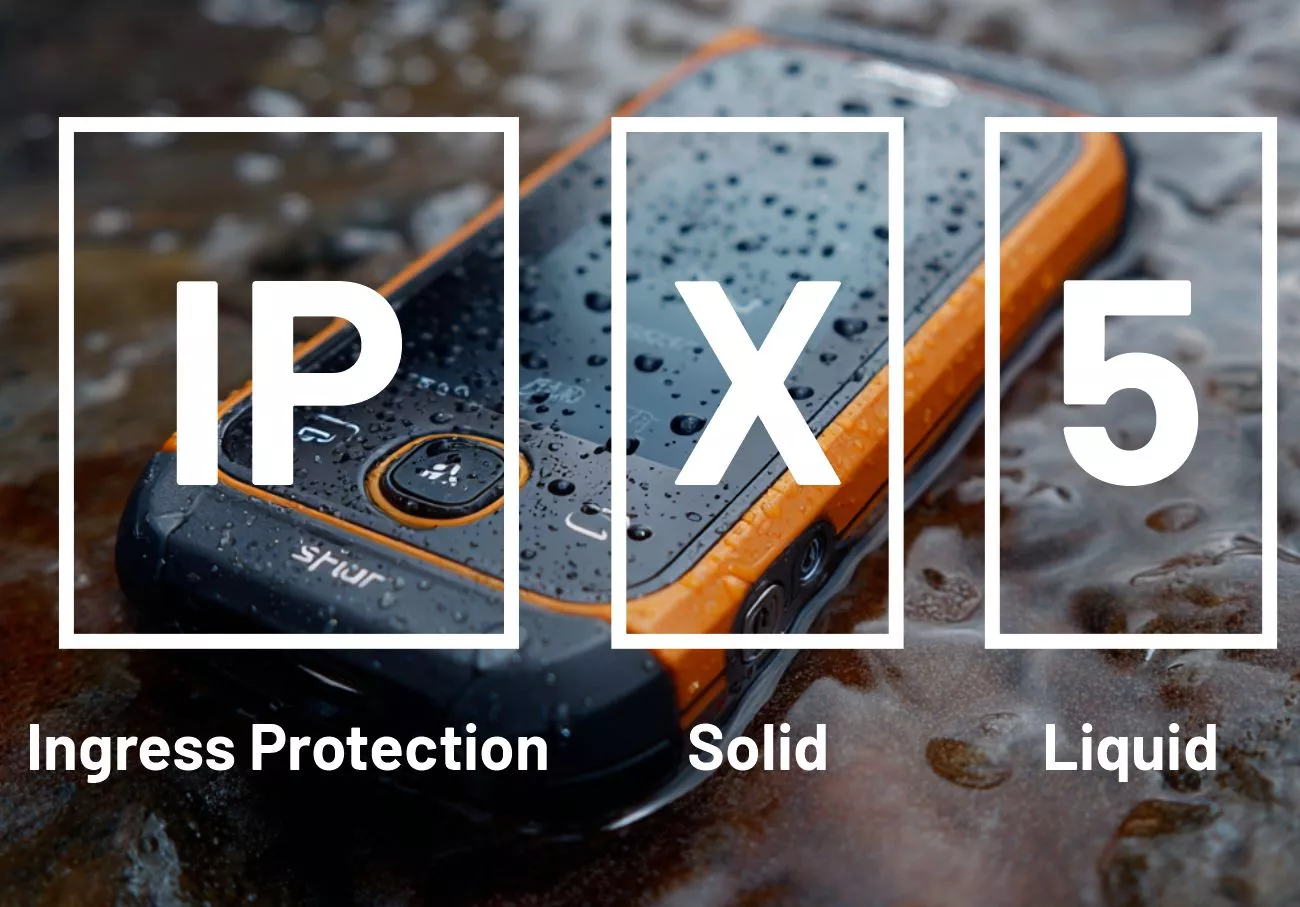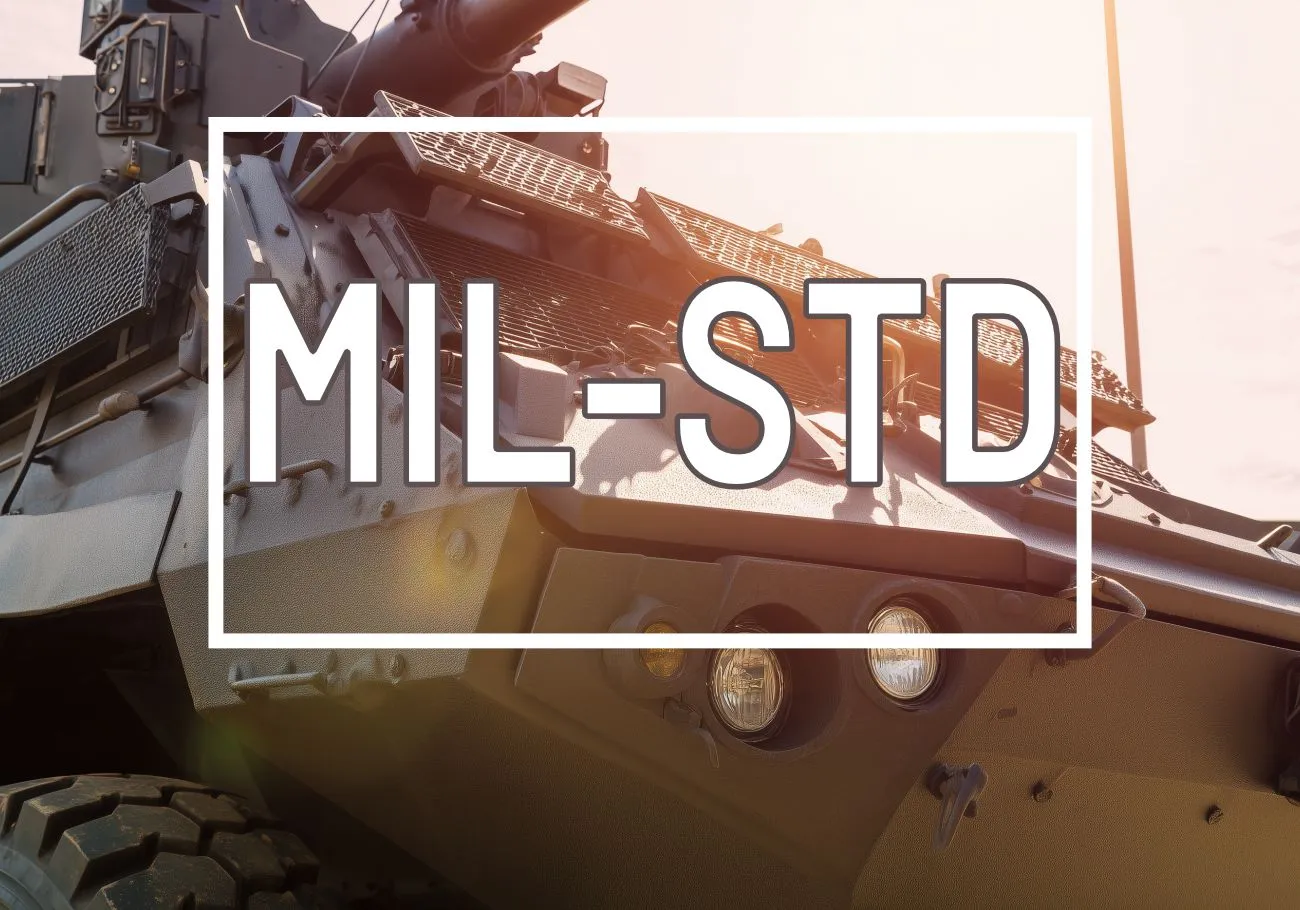Protection index tests (IP, IK)
Evaluate access to dangerous parts, penetration of solid bodies and water, and protection against mechanical shocks
Why carry out IP testing?
- Assess the level of protection against dust and water in accordance with IEC 60529.
- Check that products comply with current regulations before they are put on the market.
- Guarantee user safety by preventing access to hazardous areas.
- Test mechanical shock resistance (IK) to ensure equipment robustness.
- Ensure product reliability and durability in harsh environments.

The different types of IP and IK tests
Our laboratories are equipped to carry out various tests to quantify the degree of protection of the equipment entrusted to us:
IP testing (IEC 60529 & ISO 20653)
IP tests are characterised by two numbers. The first indicates the expected level of protection against penetration by solid objects (0 to 6). The second corresponds to the level of protection against ingress of water (0 to 8). If no requirement is specified in one of these areas, the letter X replaces the corresponding number.
- Protection against solid bodies (IP0X to IP6X) : Verification of dust tightness.
- Protection against liquids (IPX0 to IPX9K): Water tightness tests under various conditions (rain, immersion, pressurised jets).
- Specific environments: Spray tests, prolonged immersion, high-pressure water jets.
IK tests (IEC 62262)
- Protection against mechanical shocks (IK00 to IK10) : Simulation of impacts with spring hammers, free falls and pendulums.
Our IP and IK testing services
Our testing capabilities and technical resources
Equipment for IP testing, IP ratings
- Drop box (IPX1 and IPX2) : Vertical rain simulation.
- Immersion tank (IPX7 and IPX8): Verification of watertightness under water.
- Spray immersion (IPX5 and IPX6): Simulation of powerful water jets.
- Dust enclosures (IP5X and IP6X): Test of exposure to fine particles.
- IPX9K tests: Tightness to high-pressure and high-temperature water jets.
Talk to our IP-IK testing experts
Failure modes identified during testing
- Spring impact hammers: Determination of impact resistance up to IK10.
- Pendulum hammers: Standardised impact tests for various materials and configurations.
Standards applicable to IP and IK tests
- IEC 60529: Definition of IP protection indices.
- ISO 20653: Tests for road vehicles.
- IEC 62262: Classification of IK protection levels.
- ISO 16750-4: Resistance tests in severe environments.
- Low Voltage Directive: Regulations for electrical equipment.
Failure modes identified during testing
- Ingress of dust or water into sensitive parts.
- impairment of electrical and mechanical performance** **Deformation of materials under mechanical impact
- deformation of materials under mechanical impact** **Loss of protection leading to risk of fire
- Loss of protection leading to risks for the user
Integrating IP and IK testing into product development
- Analysing the normative requirements specific to your sector.
- Implementation of tests with configurations adapted to your product.
- Interpretation of results and optimisation of designs.
Needs
Discover a selection of additional resources that explore topics related to this page including regulatory contexts, technical articles, and specific areas of expertise. These materials provide further insight to help you better understand the key challenges and available solutions.
Contact us for a quote














